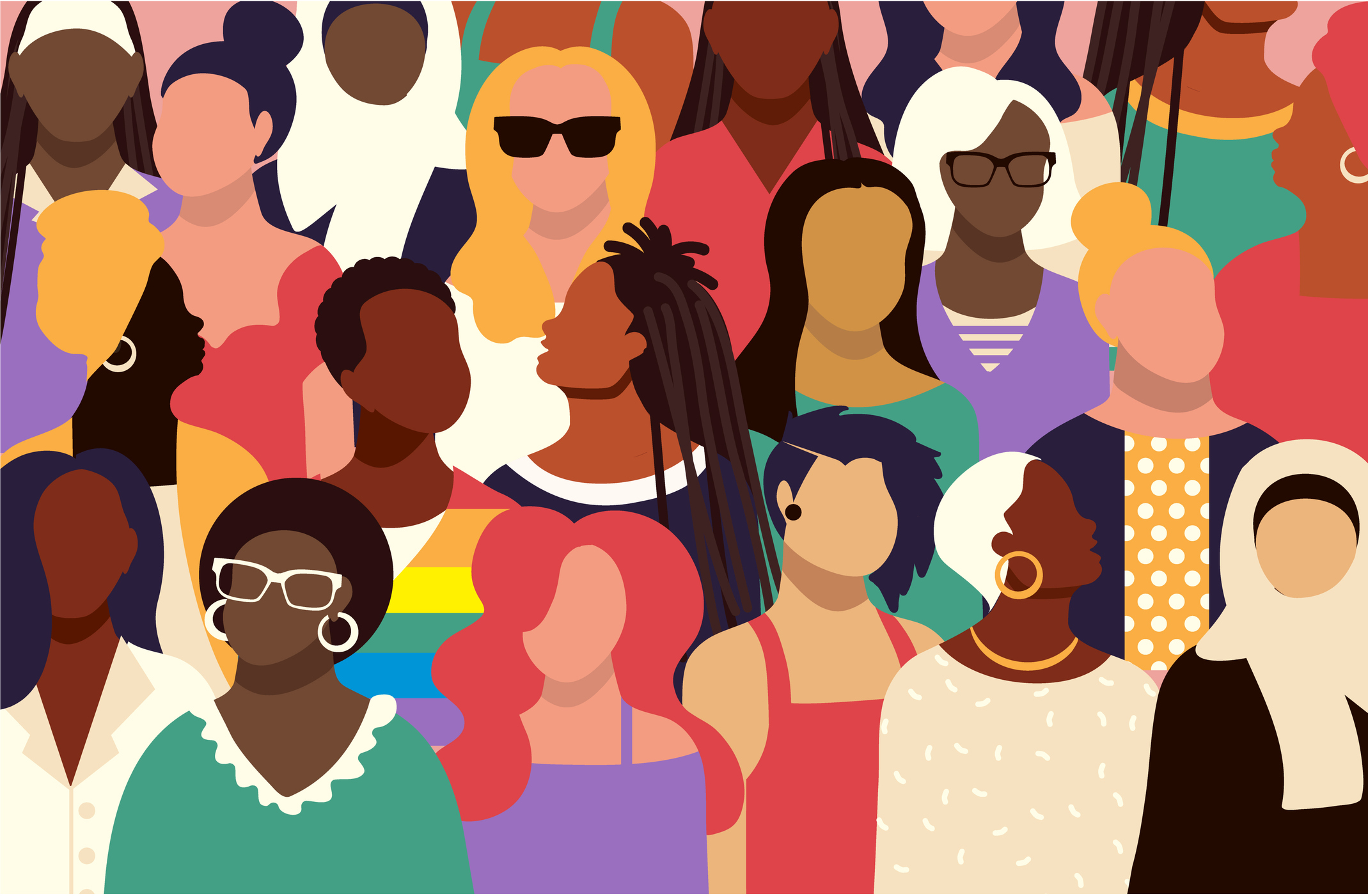(Version française disponible ici.)
Prime Minister Mark Carney is working overtime to forge new economic and security partnerships with countries in Europe and the Pacific, but there’s one surprising arena in which Canada is not on their level: electing women to office.
Women won just 30 per cent of seats in Canada’s House of Commons in the April 2025 general election, the same proportion they held before the vote. These results land Canada in position 71 out of 182 countries when it comes to the numbers of women in parliament. That isn’t even the top third.
Canada’s democratic peers – the United Kingdom, France, Spain, Belgium, Australia and New Zealand – all fall within the top 50.
So does Canada’s third-largest trading partner, Mexico. Canada and Mexico share a gender equality action plan but Mexico trounces Canada when it comes to electing women: Mexico ranks fourth in the world with over 50 per cent women elected in the lower house.
Canada even funds gender equality projects in countries that also elect greater numbers of women – like Senegal, Tanzania and Nepal.
All are beating Canada at its own game. Their secret? They use policy, not good intentions, to rapidly close gender gaps in political representation. Gender quotas have let them rapidly boost the number of women holding elected office
Use of gender quotas widespread
More than 100 countries worldwide currently use some form of gender quota to elect high numbers of women. Most commonly, these countries require political parties to run certain percentages of women candidates.
What is more, my research with Diana Z. O’Brien and Amanda Clayton shows that voters actually prefer when political decision-making bodies have equal numbers of women and men. They are not bothered when this gender parity is attained using quotas.
We fielded a survey in 12 advanced democracies, including fellow Commonwealth countries like the United Kingdom, Australia and New Zealand. The survey included an experiment where respondents randomly read one of three stories. After reading them, all respondents answered the same questions. This design lets us compare how the different stories influenced respondents’ answers.
In our story, a municipal council is deciding a new policy. The three versions change only one detail: the council’s composition. Respondents either read about an all-male council, a council with gender parity but with no mention about how gender parity was obtained, or a council with gender parity obtained because parties were required to run equal numbers of men and women candidates.
We then asked respondents questions to measure what political scientists call “democratic legitimacy,” meaning voters’ perception about whether political institutions work fairly. We asked whether respondents thought the council’s decision and its decision-making process were fair, good for women, good for citizens and should be respected.
Across all countries, respondents rated the gender-parity councils as more legitimate than the all-male council. They found the gender-parity council elected via quotas only marginally less legitimate than the gender-parity council with no mention of quotas. By a wide margin they found the all-male council less legitimate than either version of the gender-parity one.
Our takeaway: voters express only minimal backlash when countries adopt gender quotas. What voters dislike are not quotas; it is seeing men’s continued overrepresentation in politics. Men alone making policy decisions erodes democratic legitimacy.
These findings mean Canadian politicians really have no excuses for stalling on gender quotas.
Half of Canadians support gender quotas
The idea is not new to Canada. In 2016, then-MP Kennedy Stewart introduced a private member’s bill that would have financially penalized parties that did not approach gender parity among their general election candidates. In 2019, the House of Commons Standing Committee on the Status of Women received evidence that quotas should be adopted to increase the number of women candidates.
A 2023 poll even showed that 50 per cent of Canadians would support gender quotas for federal elections.
Left to their own devices, parties cannot get the job done. Women comprised a dismal 22 per cent of Conservative candidates in the 2025 federal elections, but blame does not fall on Conservatives alone. Compared to 2021, the proportion of women candidates dropped in every party, save the NDP: by 11 percentage points for the Conservatives but also by eight percentage points for the Liberals and the Bloc.
Without quotas to make the parties perform better, Canada’s federal elections are failing voters’ expectations for what legitimate political institutions look like.
Public opinion speaks clearly. People do not mind gender quotas; what they really do not like is seeing men dominate politics. Canada has fallen behind other countries not just because it elects fewer women, but because it lacks any policy commitment to do better. The country cannot sell gender equality abroad without first practising it at home.








